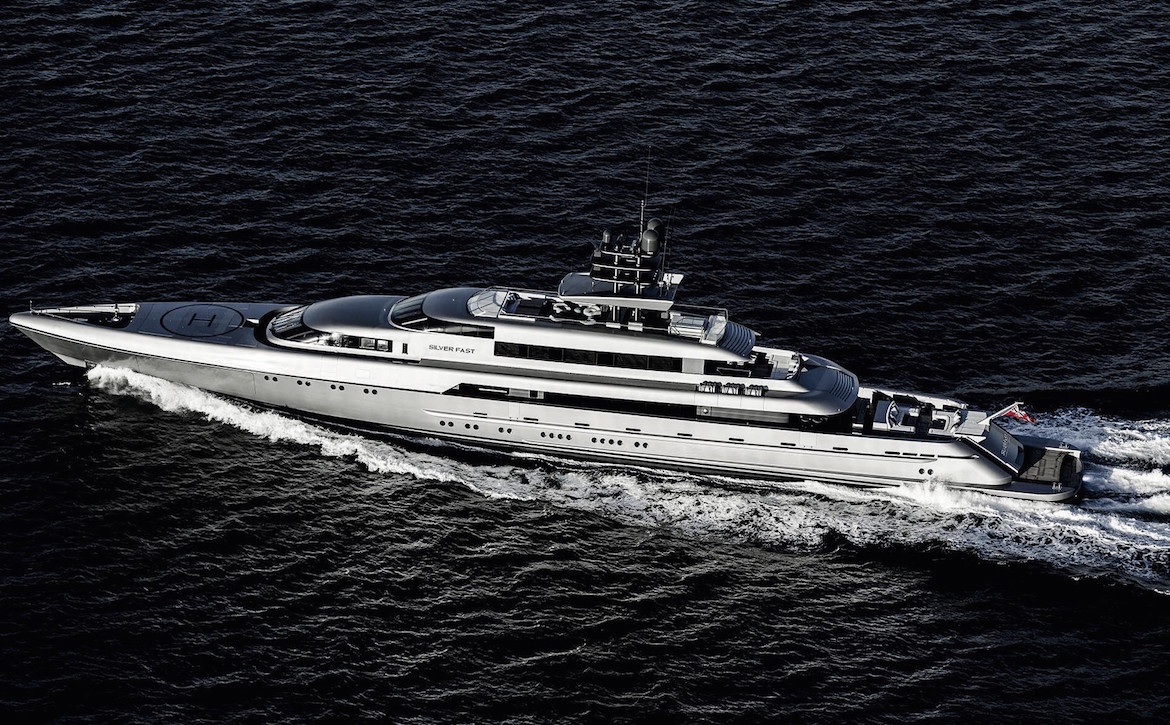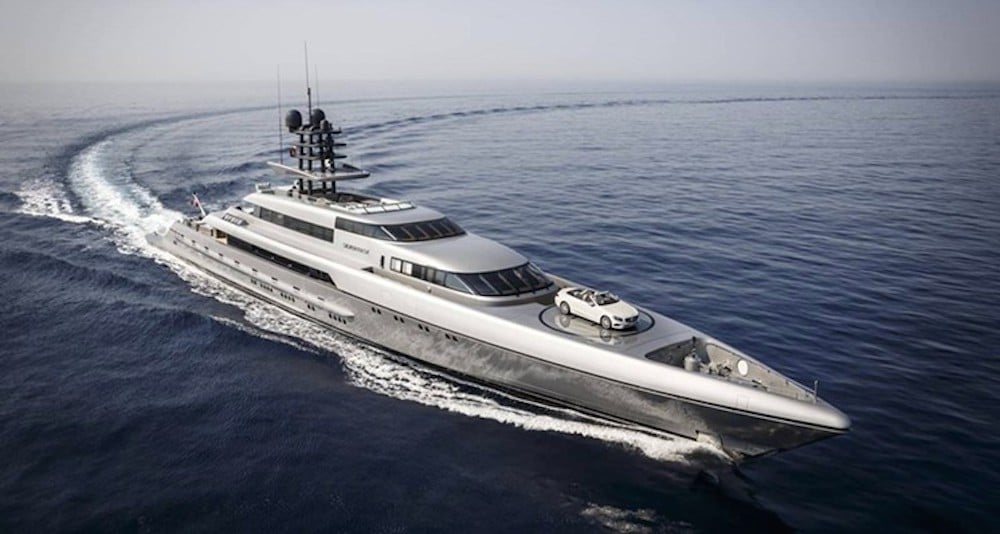Meet the $90 Million Aluminum Superyacht That’s The Biggest And Fastest Of Its Kind
The stunning ‘Silver Fast’ is the star attraction at this weekend’s Superyacht Miami Show.


The Miami International Boat Show isn’t the only yacht game in town this weekend – South Beach is also being overrun with some seriously sizable craft at the first Superyacht Miami Show, running through Monday at the new Island Gardens Deep Harbour Marina on Watson Island.
More than 20 superyachts will be on display, including the most expensive and acclaimed of them all, the 252-ft. Silver Fast, which won the top award at the Monaco Yacht Show earlier this year.
Luxury yacht broker Burgess is offering the sleek silver-hulled superyacht for a cool $90 million. But at least its megarich owner will be able to lay claim to the world’s biggest and fastest aluminum motor yacht with conventional propulsion.
Capable of speeds in excess of 27 knots and a cruising speed of up to 20 knots, Silver Fast can accommodate 18 guests in 8 cabins along with a crew of 18.
The deck plan features an owner’s suite with a lounge and large private deck, three double VIP guest cabins, one double guest cabin and three twin cabins.

Those luxe accommodations surely came in handy when the Silver Fast—built by Australian shipyard Silveryachts—completed its maiden voyage last year by traveling 3,200 nautical miles from Perth to Sri Lanka.
The vessel’s sun deck has an outdoor movie theater and a glass-fronted 8-person jacuzzi, and the spacious beach club comes complete with a spa area featuring a dry sauna and steam room, gym, massage room and even a beauty salon.
Last but not least, the Silver Fast boasts a “touch and go” helipad that allows for arriving in grand style. Because when you’re hosting a party on your superyacht, you’ve got to accommodate guests who want to chopper in, right?






